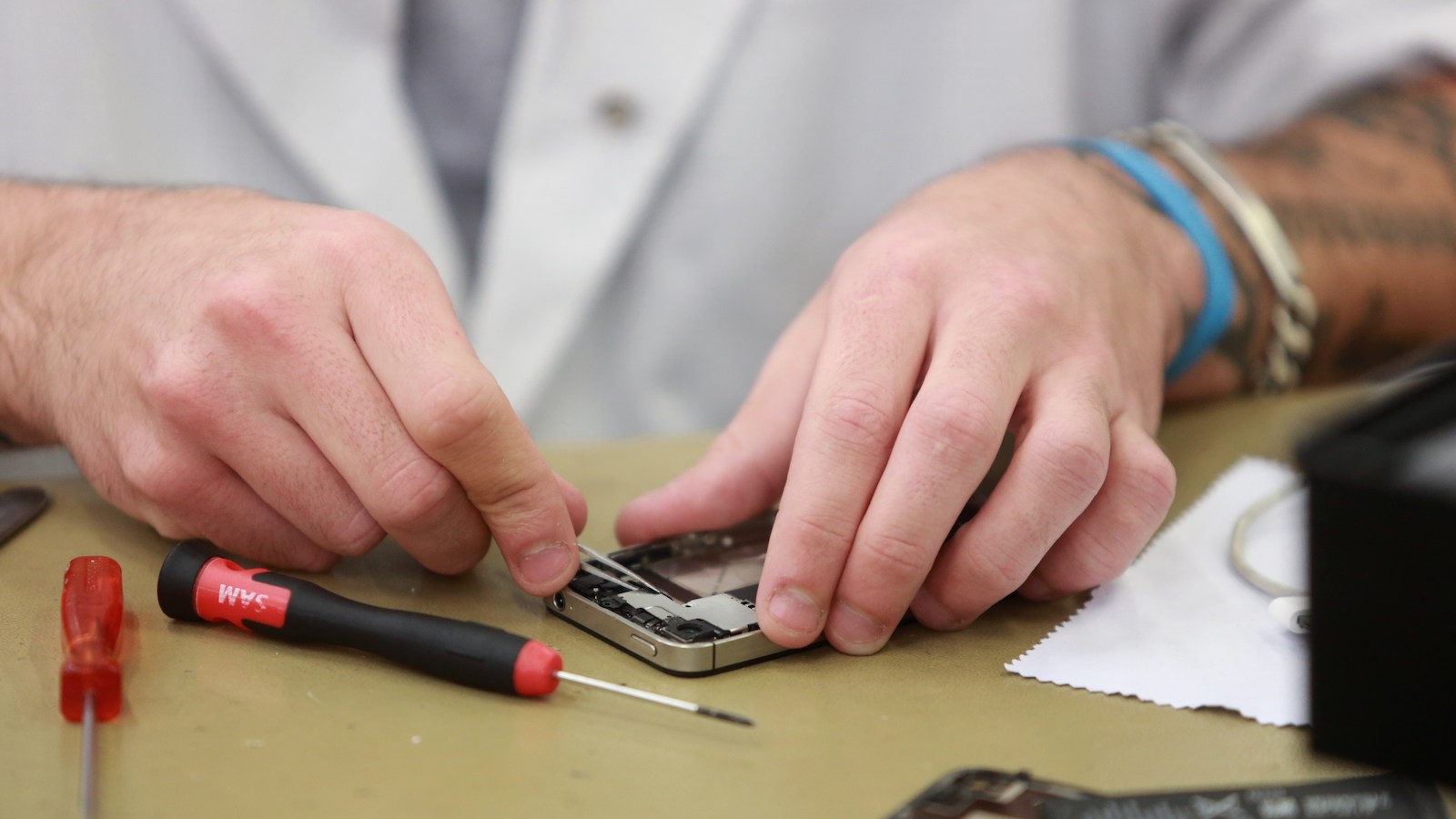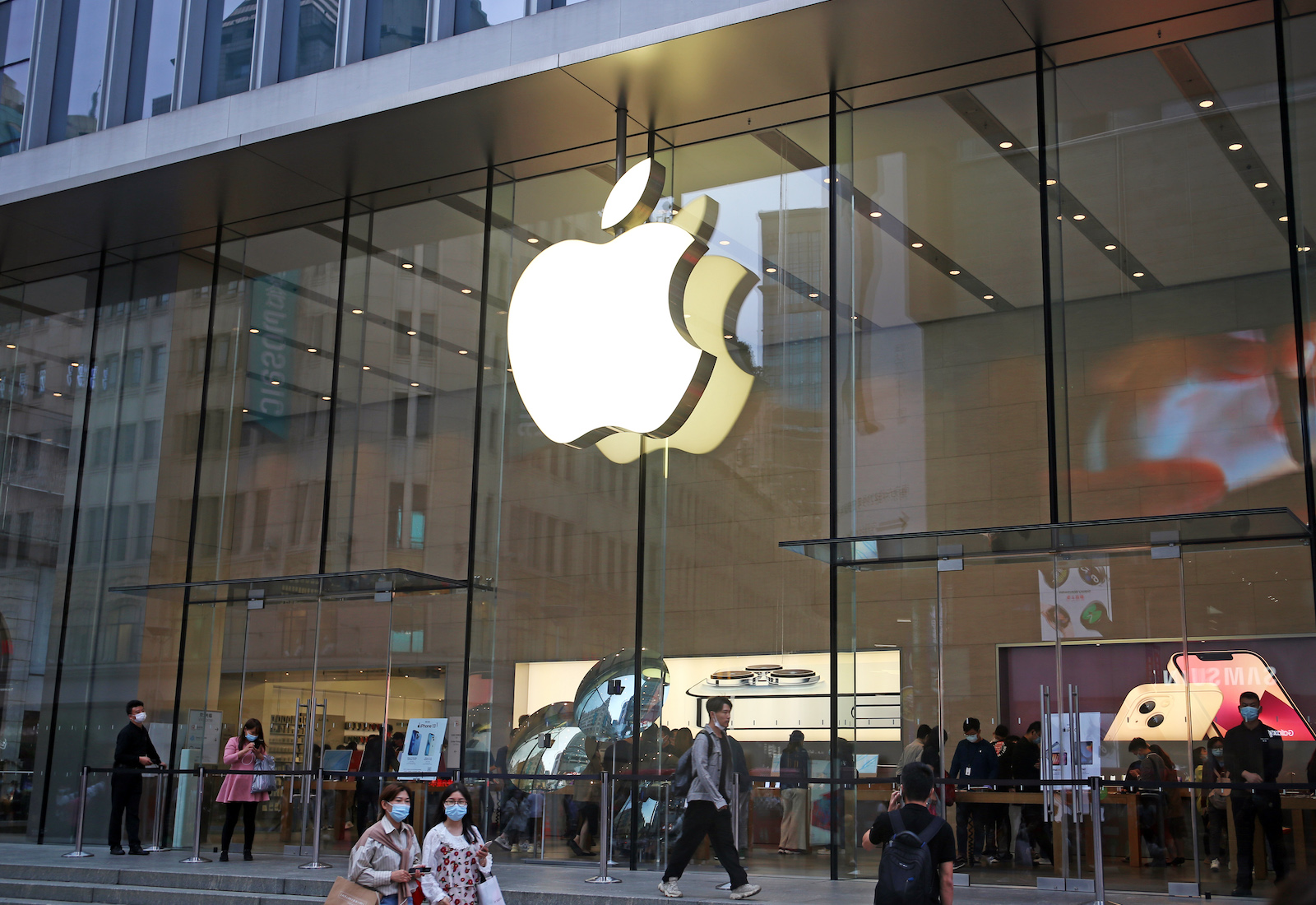Right-to-repair advocates scored a major victory on Wednesday as Apple announced a new program to let users fix their own broken devices.
The program, called Self Service Repair, will make it easier for Apple customers to access spare parts and repair manuals. Screen replacements, batteries, and camera modules will be among more than 200 parts and tools available for purchase on Apple’s website starting early next year, along with repair manuals that Apple will post on its website.
“Creating greater access to Apple genuine parts gives our customers even more choice if a repair is needed,” said Apple’s chief operating officer, Jeff Williams, in a statement.
Only the newest iPhones — iPhone 12 and 13 — will be eligible for the program when it launches in early 2022. But Apple said it would eventually expand to cover Mac computers featuring the company’s newer M1 chips.
The move comes amid growing pressure from consumers, investors, and regulators to make electronics and mechanical equipment easier to fix. Apple is among many technology and machinery companies, including Microsoft and John Deere, that have been heavily criticized for intentionally making their products non-repairable — for example, by sealing devices with glue rather than screws, using non-removable batteries, or installing software that can disable a device if it detects knockoff replacement parts. Many companies have lobbied against bills that would increase consumers’ ability to repair their own devices.
Advocates point out that hard-to-repair products are bad for the environment. By limiting repairability, companies encourage users to buy new devices, leading to excess greenhouse gas emissions from manufacturing. In the case of Apple’s iPhone 13, 81 percent of the product’s life-cycle carbon emissions come from production, which means the best thing for the climate is to extend its lifetime for as long as possible. According to Nathan Proctor, senior director of the U.S. Public Interest Research Group’s campaign for the right to repair, if every American used their cell phone just one year longer, it would have the same climate benefit as taking 636,000 cars off the road per year.
Janet Domenitz, executive director of the Massachusetts Public Interest Research Group, said that repair restrictions also cause pollution at the end of products’ lives, generating toxic e-waste that is often dumped in developing countries, contaminating the air, soils, and waterways. Domenitz predicted Apple’s move would help reduce the flow of electronics destined for the landfill. “We’ve moved Apple to reduce what they make, what we buy, and what we dispose of,” she said.

Shareholder activist groups have made gains in recent months in the fight for the right to repair. In October, for example, the investor advocacy nonprofit As You Sow successfully pushed Microsoft to analyze the “environmental and social benefits” of right-to-repair rules, and got the company to commit to act on its findings by the end of 2022. And the environmentally oriented mutual fund company Green Century has targeted both Apple and Deere & Co., maker of the John Deere tractor, with similar shareholder resolutions.
Even the federal government has taken on the right-to-repair fight. In July, President Joe Biden signed an executive order directing the Federal Trade Commission, the consumer protection agency, to require companies to allow independent repairs for their products. The agency soon voted unanimously to enforce existing laws against practices that inhibit independent repair, with Lina Khan, the agency’s chair, promising to “root out” illegal repair restrictions “with new vigor.”
Regulators in Europe, where right-to-repair laws are overwhelmingly popular, have also pushed for more repairable products. In March, the European Union introduced new rules requiring manufacturers of electrical goods to make their products repairable for at least seven years after they hit the market. France has also required electronics manufacturers to tell consumers how repairable their products are by assigning them a score.
In both Europe and the United States, companies including Apple have argued that letting consumers fix their own devices could pose safety and reliability issues. But advocates say that the company’s about-face illustrates the flimsiness of those arguments. “You get told no a thousand times: ‘It can’t be done,’” Domenitz said. “But then Apple says, ‘Actually, it can.’”
She and other advocates welcomed the company’s announcement but wished it had gone further to cover older Apple products. Proctor also criticized Apple for not doing more to accommodate independent repair shops with its Self Service Program. Although many people will jump at the opportunity to repair their own devices, he said, most will prefer to have their electronics fixed by a knowledgeable technician. But because parts must be custom-ordered to match each user’s faulty device, they won’t be orderable in advance, making the replacement process time-consuming and inconvenient even for Apple-approved service providers.
Even still, environmental advocates said that Apple’s announcement carried symbolic weight, and could represent a breakthrough for the right-to-repair movement. Kelly McBee, waste program coordinator for As You Sow, said she expected other manufacturers to follow in Apple and Microsoft’s footsteps. “I absolutely think we will see more of a domino effect,” she said. “These are two of the greatest players in this space, and they have set a new bar for their competitors.”



